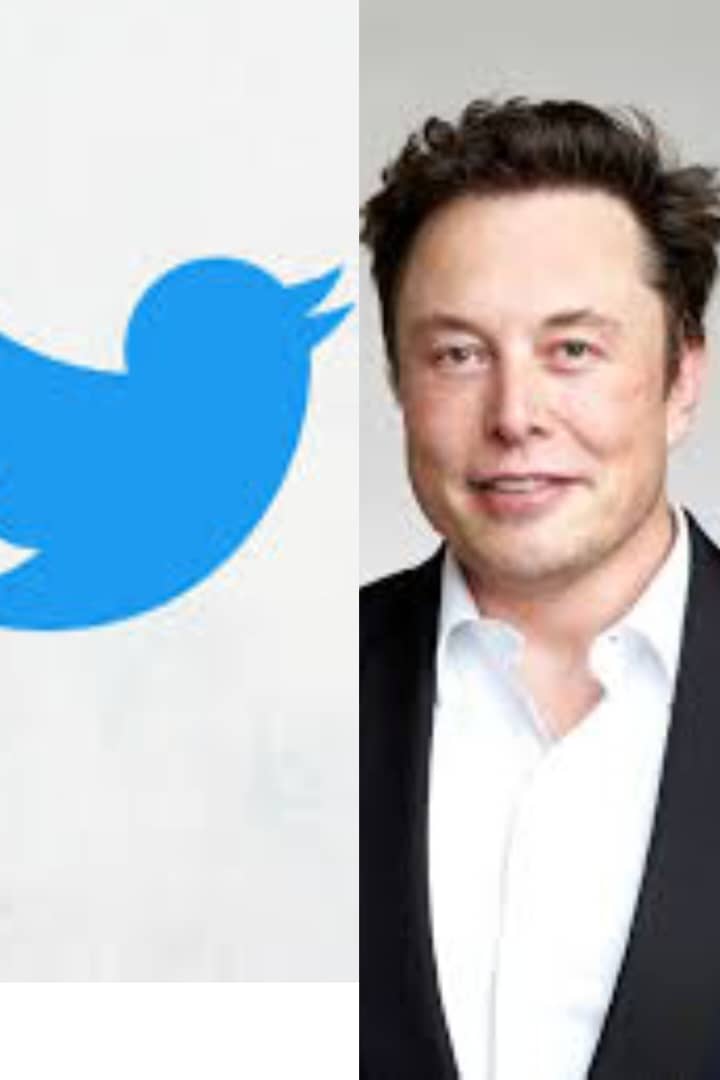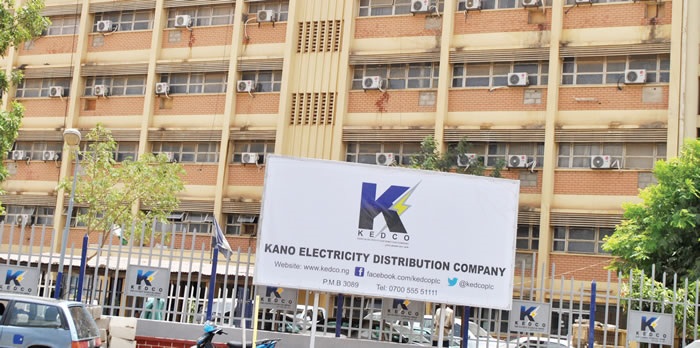Twitter CEO Elon Musk has announced temporary limits on tweet reading, causing frustration among users.

Musk recently made an announcement regarding the implementation of temporary limits on the number of tweets that users can read.
This decision comes as reports of users facing difficulties in accessing the platform have surfaced. To combat extreme levels of data scraping and system manipulation, Musk said verified accounts will now have a limit of 6,000 posts per day for reading tweets, while unverified accounts will be restricted to 600 posts per day.
Additionally, Musk said a new and unverified accounts will face an even lower cap of 300 tweets. However, Musk later tweeted that these limits would be increased, with verified accounts being able to read up to 8,000 posts, unverified accounts having a limit of 800, and new unverified accounts allowed 400 posts.
In a somewhat tongue-in-cheek comment, Musk referred to the rate limits as a consequence of reading posts about rate limits, hinting at the commotion on Twitter caused by this announcement.
The repercussions of Musk’s decision were immediately evident as the hashtag #TwitterDown started trending. Users encountered difficulties due to the newly imposed limits. Downdetector.com, a website monitoring online service disruptions, showed numerous reports of problems accessing Twitter on Saturday afternoon.
Error messages such as “rate limit exceeded” and “Cannot retrieve tweets” appeared as users scrolled through the site. Some individuals reported encountering multiple “rate limit exceeded” errors on the Twitter app within a few minutes of browsing. It remains unclear whether these issues were solely due to the temporary limits or if there were other glitches on the app.
These viewing restrictions were introduced just a day after Musk announced a “temporary emergency” measure that prevented non-logged-in users from viewing tweets. This action was primarily aimed at combating data scraping. Musk assured that the measure would be lifted shortly.
Some industry experts expressed concerns about Musk’s strategy and its impact on the Twitter platform. Daniel Ives, an analyst at Wedbush Securities, criticized the sudden rule changes, stating that it was not a good look for Twitter and that frustration was growing among users.

For Musk, these limits add to the challenges he has faced since taking over Twitter. The platform’s advertising business has struggled under his leadership, resulting in layoffs, relaxed content moderation, and the introduction of a Twitter Blue subscription service, replacing the blue-check verification system. In a bid to improve the platform’s performance, Musk appointed Linda Yaccarino, previously the NBCUniversal advertising sales chief, as Twitter’s CEO. Yaccarino will focus on Twitter’s business operations, while Musk concentrates on product design and new technology.
While some Twitter users who had not yet reached their reading limits shared their opinions on the matter, comparing it to a situation where bar patrons are encouraged to leave at closing time, others speculated that the move was an attempt to boost the performance of the Twitter Blue subscription service.
However, Slava Melandovich, co-founder and CEO of tech job search company JOBITT.com, criticized Musk’s reasoning behind the limits. Melandovich argued that while addressing data scraping and system manipulation was crucial, the current approach could inadvertently penalize genuine users and restrict their access to information. Instead, he suggested investing in robust security measures capable of differentiating between human behavior and bot activities. Additionally, Melandovich called for more transparency regarding the thresholds triggering these limitations, enabling users to manage their activities more effectively without being constrained by daily post limits.
Elon Musk’s temporary reading limits on Twitter have caused disruption and frustration among users. While the intention behind these restrictions is to tackle data scraping and system manipulation, the implementation has sparked concerns and criticism from users and industry experts alike. The restrictions, which vary based on account verification status, aim to control the influx of posts that users can read per day.
However, some users experienced difficulties accessing Twitter, with error messages indicating rate limit exceeded and the inability to retrieve tweets. It remains uncertain whether these issues were solely due to the temporary limits or if other factors contributed to the disruptions.
The decision to impose reading limits came shortly after Musk introduced a “temporary emergency” measure, preventing non-logged-in users from viewing tweets. This measure was intended to combat data scraping. Musk assured users that the restriction would be lifted in the near future.
Critics, such as Wedbush Securities analyst Daniel Ives, raised concerns about the sudden rule changes and the impact they might have on the Twitter platform. The advertising business on Twitter has struggled since Musk’s acquisition, leading to layoffs and the introduction of the Twitter Blue subscription service.
Linda Yaccarino, the former NBCUniversal advertising sales chief, was appointed as the new CEO, allowing Musk to focus on product design and new technology.
While users who had not yet reached their reading limits shared their thoughts, comparing the situation to clearing a bar at closing time, others speculated that the move was an attempt to boost the performance of the Twitter Blue subscription service. However, Slava Melandovich of JOBITT.com questioned the effectiveness of the limits, suggesting that investing in robust security measures would be a more viable solution. Melandovich emphasized the importance of distinguishing between human behavior and bot activities, while also calling for greater transparency regarding the thresholds triggering the limitations.





